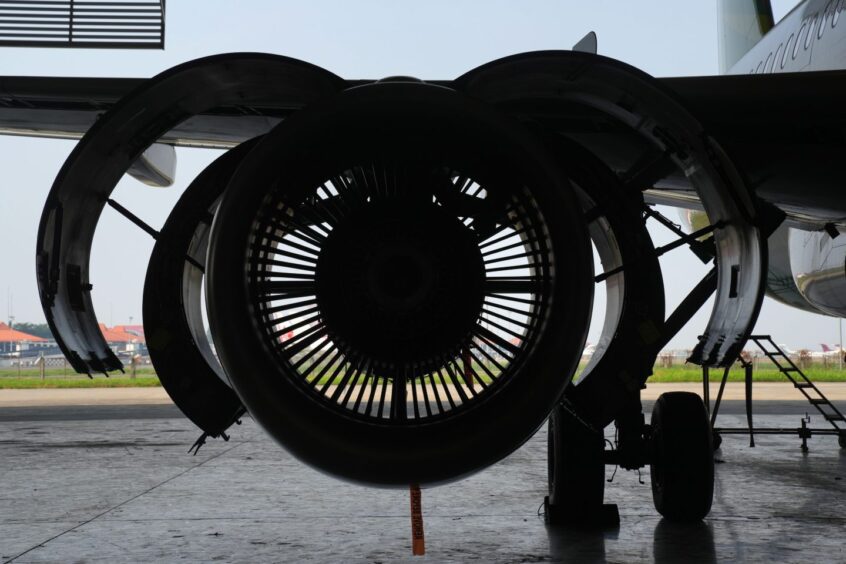
The aviation industry is running out of time to introduce cleaner planes needed to eliminate net carbon emissions from air travel by 2050, according to a study released Thursday.
New models that emit net zero carbon dioxide throughout decades of use will need to be flying by the mid-2030s for aviation to reach its mid-century goal, the International Council on Clean Transportation said in the report.
In findings released ahead of next week’s Farnborough International Airshow, the climate-change research group called on planemakers to accelerate plans to develop zero-emissions planes, especially those powered by hydrogen. Its study highlighted the decades-long life-cycles of commercial aircraft, a factor that contributes to making aviation one of the hardest industries to decarbonize.
“A typical aircraft is in service for about 25 years,” said ICCT researcher Supraja Kumar, the study’s lead author. “If airlines are going to be net zero by 2050, we need planes that burn zero fossil fuels throughout their lifetimes starting around 2035.”
Carbon Gap
Projected lifetime emissions for new aircraft by delivery year and scenario:
By the time they’re retired, passenger planes already in service as of 2023 are expected to release about half of the carbon dioxide emissions available within the framework of the mid-century net-zero goal, according to the ICCT. New aircraft will use up the rest by between 2032 and 2037, depending on how quickly the industry adopts sustainable aviation fuel blends and other fuel-efficient technologies.
Airbus SE’s workhorse A320neo-family jets and the rival Boeing Co. 737 Max are each certified to fly on a 50% blend of sustainable aviation fuel, with a goal to reach 100% by the end of this decade.
The planemakers both plan to introduce replacements with improved aerodynamics and more-efficient engines — Airbus is targeting the second half of the next decade, while Boeing hasn’t specified a timeline. Airbus has also said it plans to roll out a hydrogen-powered aircraft by 2035.
SAF blends, typically made from plant fiber and animal waste, can substantially reduce aircraft emissions. The European Union has mandated gradually increasing SAF use for airlines while the US has incentivized production, but supplies remain short.
In the meantime, startups working on electric- and hydrogen-powered aircraft have seen setbacks: Universal Hydrogen, which tested a prototype airplane last year, said in June it had run out of funds and shut down. Vertical Aerospace, a UK flying-taxi aspirant, needed a cash injection from its billionaire founder earlier this year.
The ICCT estimates that there will be a market for at least 10,000 new aircraft powered by hydrogen, electricity, or 100% sustainable fuels through 2042.
The group called on planemakers to ramp up investments — in addition to introducing new models, it said manufacturers should ensure that all new planes can burn 100% sustainable fuels starting in 2030, and require aircraft customers to limit lifetime emissions of their products.
